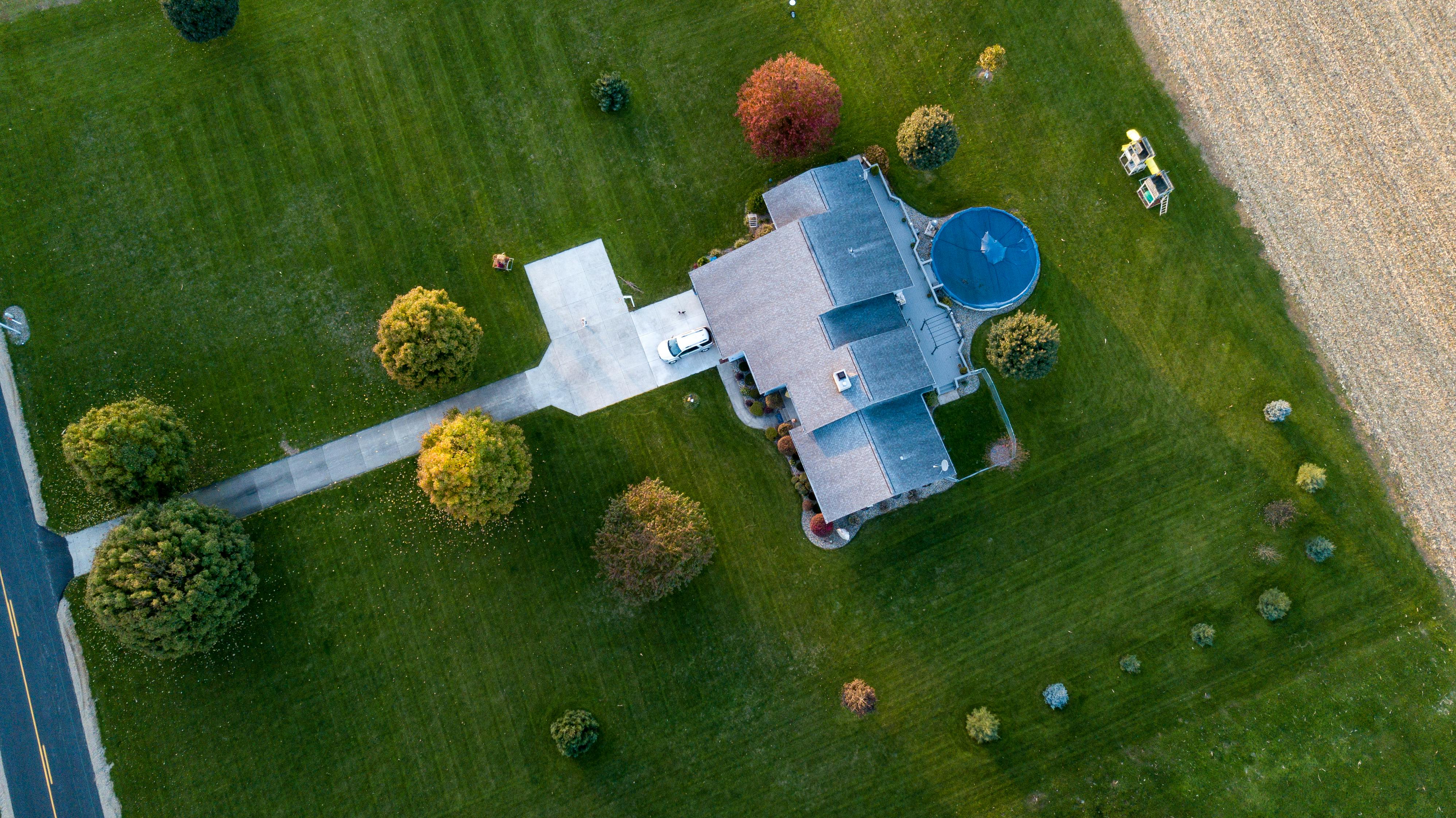How to Join the Master Gardener Program in Indiana
Becoming a certified gardener through the Master Gardener Program in Indiana is more accessible than many realize. As interest in sustainable living and self-reliance grows, Indiana residents are turning to gardening as both a hobby and a community contribution. In this article, you’ll discover the steps to join the program, the benefits of certification, and how to make the most of your training.

Understanding the Fundamentals
The Master Gardener Program is an educational outreach initiative that trains volunteers in the science and art of gardening. Developed by university extension services, the Indiana Master Gardener Program is administered by Purdue University and aims to enhance public knowledge on horticulture while giving back to the community.
This initiative bridges formal horticultural education with real-world environmental stewardship. Whether you’re growing tomatoes or managing landscape projects, understanding the program’s core principles sets the stage for long-term success.
1.1 Volunteerism and Education
At the heart of the program lies the dual mission of education and volunteerism. Participants receive extensive training in gardening techniques and then volunteer their time to share that knowledge with others through workshops, helplines, and school projects. According to Purdue University, over 3,000 Hoosiers participate annually, contributing more than 100,000 volunteer hours statewide.
Real-world applications include managing community gardens, assisting local farmers markets, and supporting urban greening efforts. A common misconception is that one must be an expert to join—the program is open to passionate learners of all experience levels.
1.2 Science-Based Horticulture
The program emphasizes research-backed gardening practices. Unlike casual tips passed down through generations, the training curriculum focuses on scientifically validated methods. This distinction helps participants make informed decisions on pest management, soil health, and plant selection.
For example, rather than relying on outdated pesticide routines, trainees learn Integrated Pest Management (IPM), which balances pest control with environmental preservation.
Practical Implementation Guide
Once you’ve mastered the core principles, it’s time to put them into practice. The Master Gardener Program in Indiana supports hands-on learning through structured volunteerism and ongoing education. This section breaks down how to navigate the program efficiently and achieve lasting results in your community and personal garden.

2.1 Actionable Steps
- Enroll in the Program: Begin by contacting your local Purdue Extension Office. You’ll fill out an application, complete a background check, and pay a modest fee.
- Complete the Training: Attend weekly classes for about 12-15 weeks. Subjects include botany, plant pathology, soils, pest control, and more.
- Start Volunteering: After completing classroom hours, volunteers must fulfill a required number of service hours—typically 35-50—before receiving certification.
2.2 Overcoming Challenges
While rewarding, the program does come with challenges:
- Time commitment: Classes and volunteer hours require planning.
- Scientific jargon: Some material may be technical for beginners.
- Project coordination: Managing events and community outreach can be complex.
To navigate these issues, it’s helpful to maintain a weekly calendar, form study groups, and seek mentorship from advanced members. Always ask for clarification during lectures and don’t hesitate to consult Purdue’s extensive online resources.
Advanced Applications
After certification, many participants take their knowledge to the next level. Whether you want to specialize in native plant species or tackle large-scale sustainability projects, the Master Gardener Program in Indiana offers avenues for ongoing growth. These advanced applications are ideal for those looking to make a broader impact or develop professional-grade expertise.

3.1 Native Plant Restoration
Advanced Master Gardeners often collaborate with local conservation groups to restore native ecosystems. This work includes identifying and propagating indigenous species, removing invasive plants, and educating the public on biodiversity. Success is measured by improved soil quality, wildlife return, and public awareness campaigns.
3.2 Community-Wide Initiatives
Some graduates integrate their gardening skills with city planning initiatives. From rooftop gardens to schoolyard habitat programs, these collaborations require knowledge of zoning laws, grant writing, and cross-sector partnerships. Compatibility with municipal goals is critical for long-term success.
Future Outlook
Gardening is no longer just a pastime—it’s a vital tool in the fight against climate change, food insecurity, and urban blight. The Master Gardener Program in Indiana is evolving to meet these new challenges with technology-enhanced education, remote training modules, and specialty certifications in sustainability.
In the next 3-5 years, expect to see integration with smart irrigation systems, AI-based soil monitoring, and more urban gardening incentives. Aspiring gardeners should stay informed and consider advanced training or leadership roles within the program.
Conclusion
Here are the top takeaways from this guide:
- The Master Gardener Program in Indiana blends education with service, making it ideal for personal and community enrichment.
- Participants receive in-depth horticultural training and contribute through volunteerism.
- Advanced opportunities abound for those who wish to deepen their impact.
If you’re passionate about gardening and want to make a difference, now is the perfect time to get involved. Contact your local Purdue Extension Office and take the first step toward certification. You’ll not only grow better plants—you’ll grow your community.
Frequently Asked Questions
- Q: What is the Master Gardener Program in Indiana? It’s a Purdue-run initiative that trains residents in horticulture and organizes them into volunteer roles within the community.
- Q: How do I get started? Contact your local Purdue Extension Office to apply. You’ll need to pass a background check and commit to training and volunteer hours.
- Q: How long does it take to complete the program? Training usually spans 12-15 weeks, followed by 35-50 hours of volunteer work before you are certified.
- Q: Is there a cost involved? Yes, costs typically range from $150 to $250, depending on the county and materials included.
- Q: How does it compare to online gardening courses? Unlike passive learning, this program includes live instruction, community service, and local relevance, making it more immersive.
- Q: Is it hard to pass the certification? The program is thorough but designed for learners of all levels. With commitment and curiosity, most participants succeed.
- Q: Can I apply the training in my profession? Absolutely. Landscape professionals, educators, and urban planners often use it to enhance their careers and expand networks.
